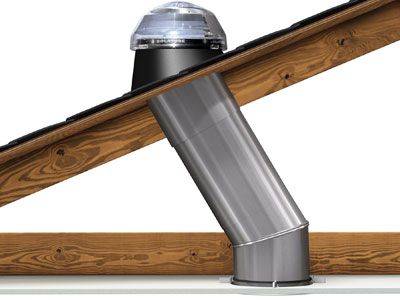Building the Composting Toilet
Composting toilets have several positive attributes. They save water, they use no energy, they recycle human fecal waste in a safe, sustainable and sanitary fashion while producing a useful byproduct, and they do all that without giving off an unpleasant odor. So once you have your outhouse constructed, it's time to talk toilets.
There are lots of different setups you can build. Your composting toilet can be as simple as a plastic bucket or a clay urn under a seat. Another standard example is a larger two-chamber model. One chamber is used until it's full, then rested while the second chamber is used. How often a swap happens will depend on how big your buckets are and how many people are using your outhouse.
Advertisement
Some composting toilet systems mix urine and feces, others separate them. Either route has pros and cons. The latter requires a little more effort during potty breaks but starts off as a drier mix; the former requires less thought when nature calls, but needs a little more help attaining ideal moisture levels. If you do decide to let everything mix, it can help to prep your bucket with a layer of moisture-absorbing plant matter like hay or straw before use. The whole idea is to make sure the mix is relatively dry — and, by extension, relatively odorless.
When it comes to the seating setup, you can do everything from building a box with a hole cut in the lid and a plywood top, to attaching a toilet seat and cover. It's really just a matter of how much you care about the creature comforts of anyone who will be using it. Once you've built a composting toilet for your outhouse, you're ready to go. Literally. Find out how you should take care of your new outhouse setup on the next page.


